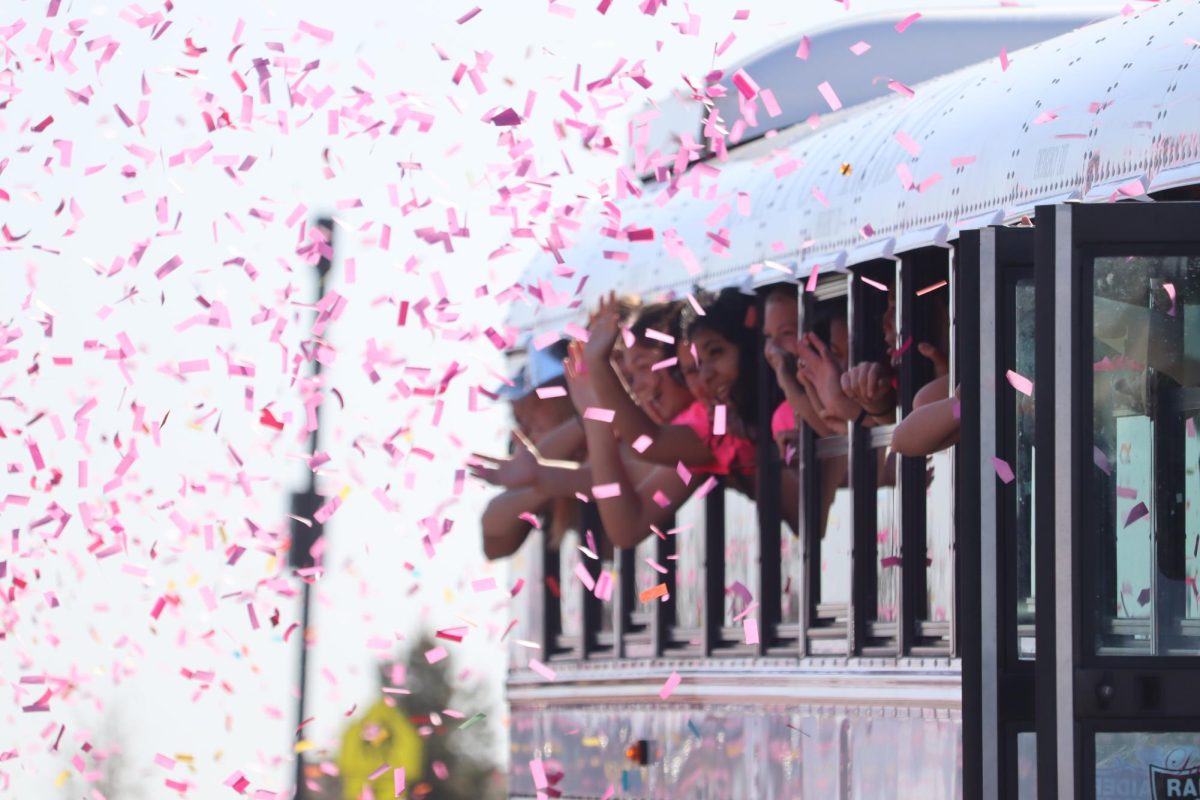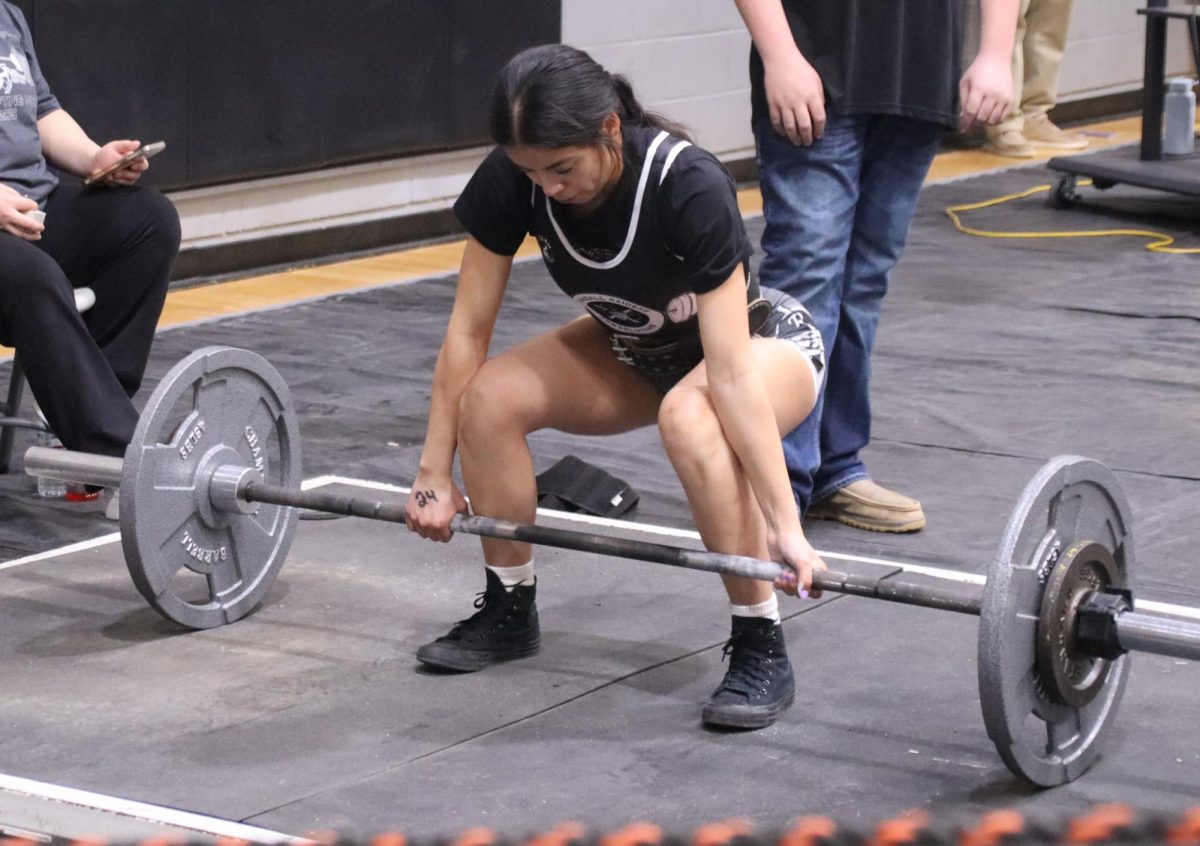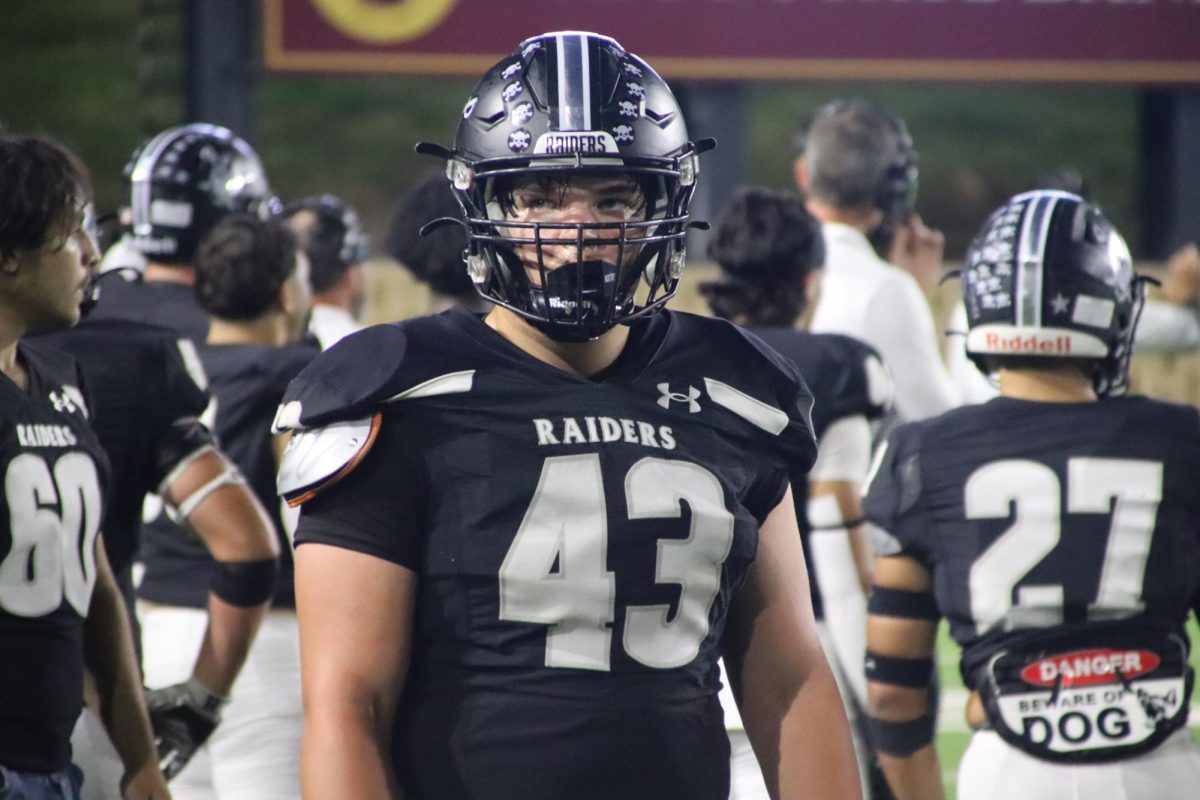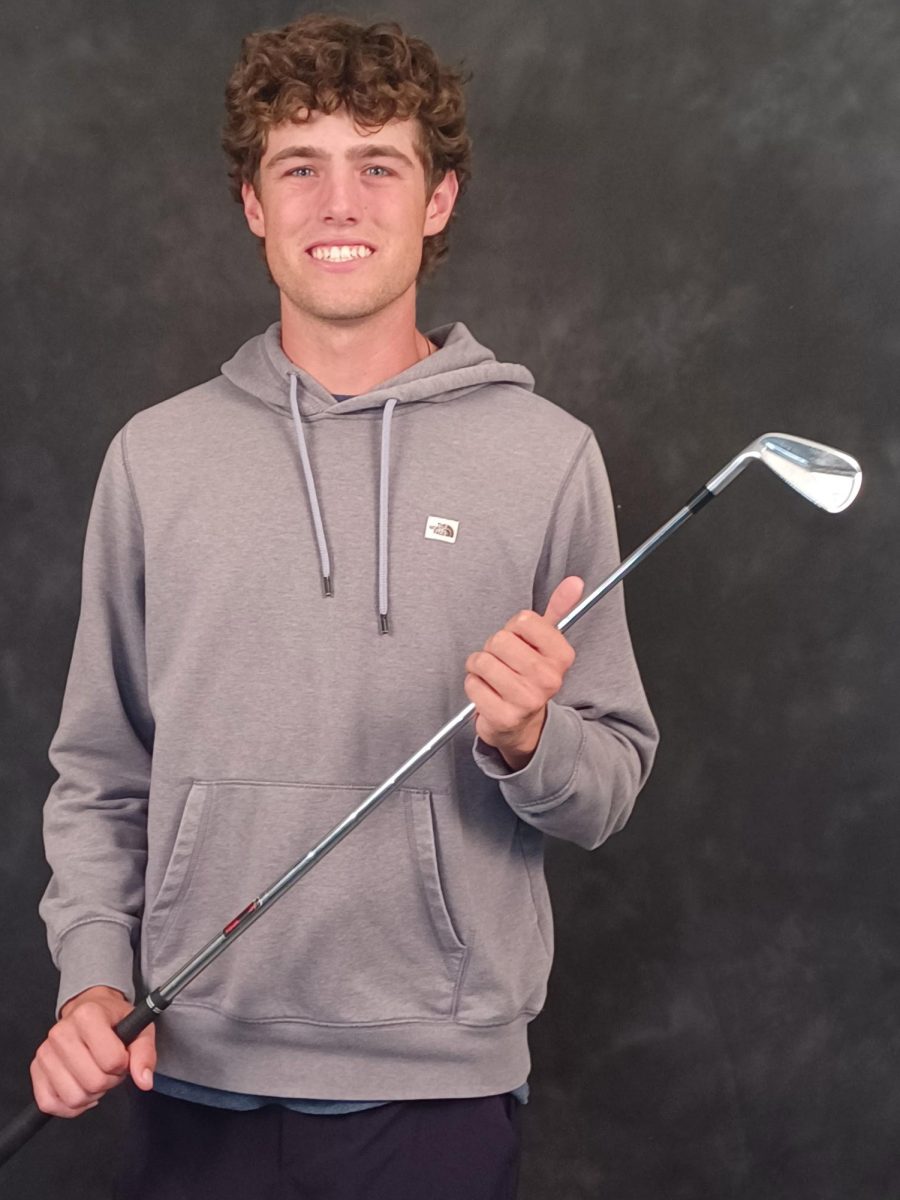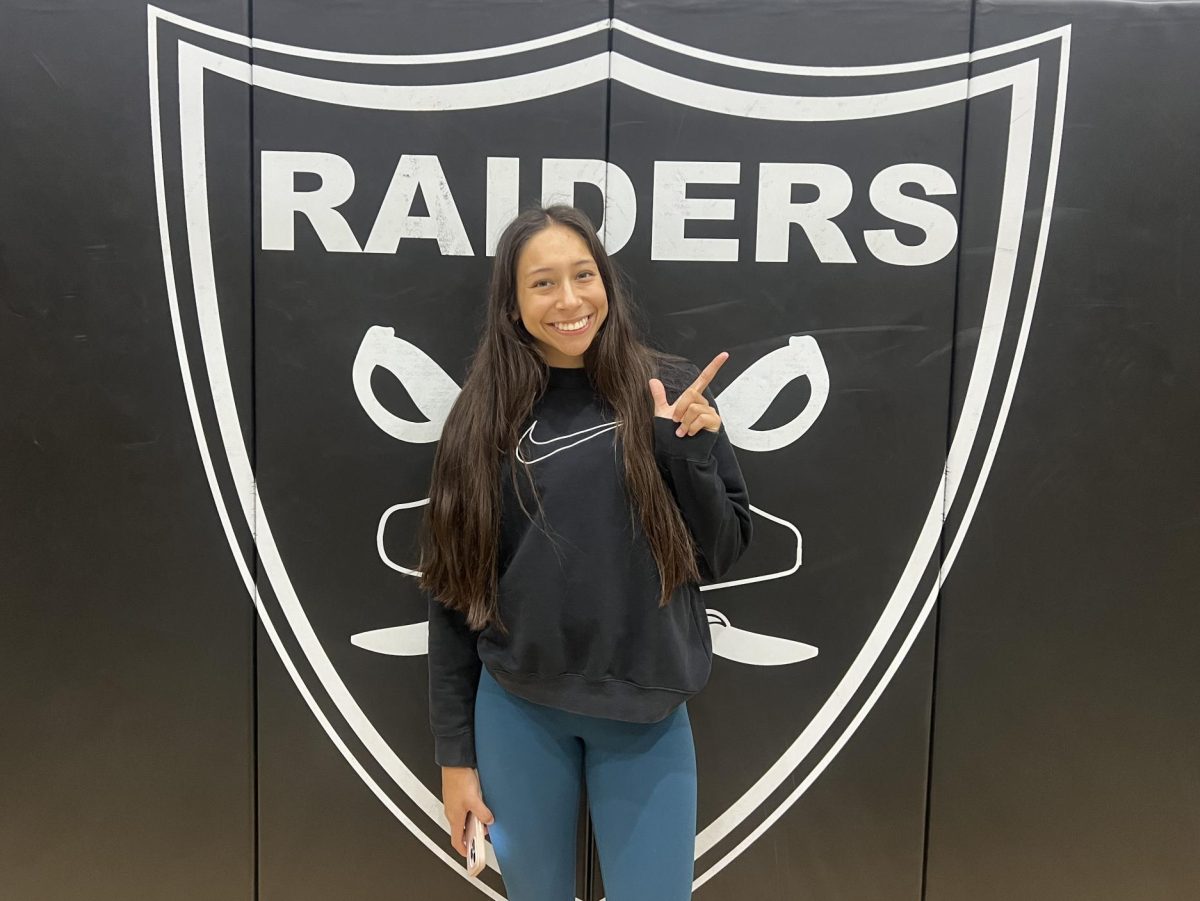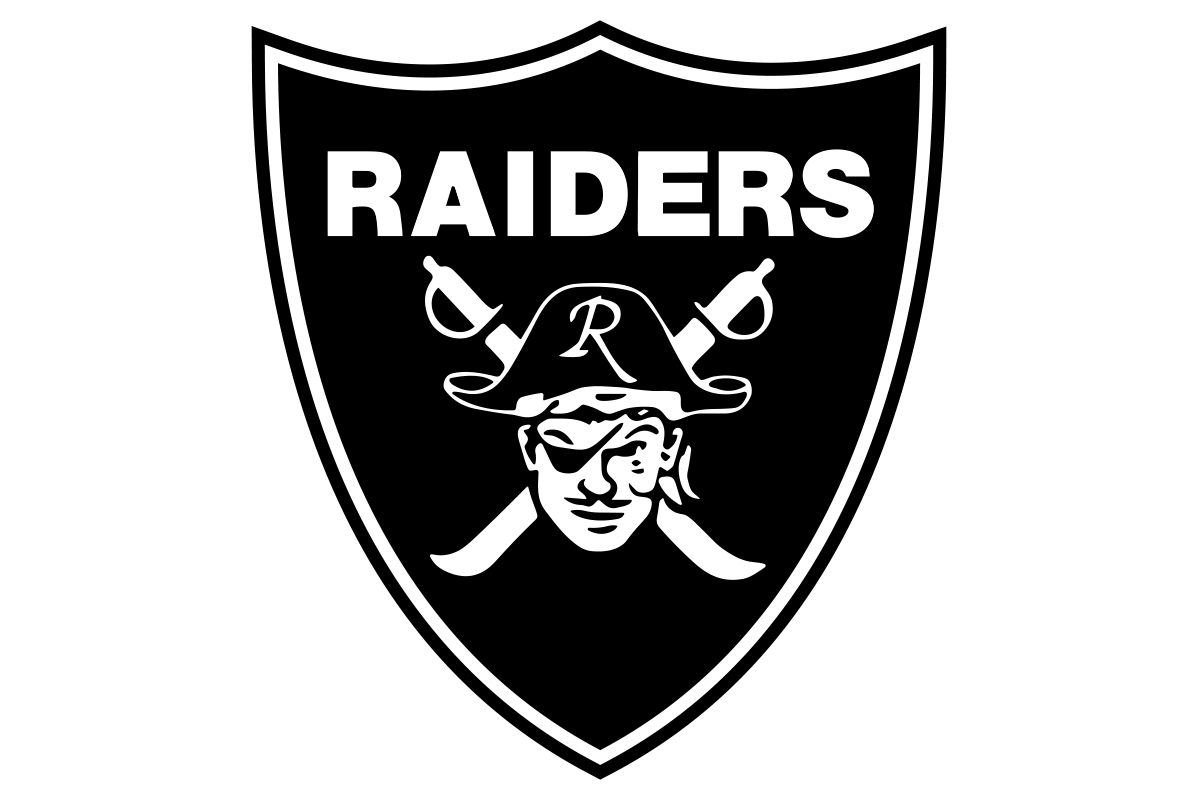Spectating team members intertwine their fingers around the fenced wall of the dugout as they peer through a fist sized diamond with bottom-of-the-ninth jitters. The coaches with their arms folded and faces stone still without a second thought expect the most out of the next player up to bat, Austin Chontos. The air is silent but the eye contact between batter and pitcher scream “Are you ready for this?” The entire human capacity of the field takes one deep simultaneous breath, awaiting the first pitch. Then, it is released in the blink of an eye, a seventy mile an hour throw sailing towards a position-assuming batter. The ball is pitched too high for an advisable swing and all the baseball savvy are aware before the ball reaches home plate. Spectators expect a typical ball throw but within milliseconds the ball in fact makes direct contact with Austin’s helmet. He turned away from the pitch with his head and his body, just like he has been coached to do. Despite this strategic maneuver, ball hit the lower part of his helmet causing it to tilt and pop off of his head. When it did that it pressed sharply against the lower part of his skull. The Raider Junior Varsity team was satisfied with the subsequential base they received, but Austin wasn’t responding. One fraction of a second changed the entire focus of the game to the new life or death situation at hand.
Austin was hit with a baseball April 14. It was a 9 am JV game with the Caprock JV baseball team. The ball pressed sharply against the lower part of his skull and severed a blood vessel, which immediately caused internal bleeding in his head. He experienced some dizziness and some disorientation that progressively got worse to the point he was not able to respond to requests being asked of him.
“In the 13 years I’ve coached baseball plus the 17 years I played baseball, I’ve seen thousands of baseball players get hit with baseball ,” coach, Cory Hamilton said.” “Most of the time, the player takes a second or two to collect himself and then they jog down to first base, this situation was definitely different than any other one. This time Austin, who has been hit many times before, didn’t immediately pop back up. For a fighter like Austin to stay down, you just knew something wasn’t right.”
As Austin still was responding to requests, Coach Jeff Schenck, and Hamilton helped Austin to the Coach’s office located at the end of the dugout and right next to the field. Mike and Lisa Chontos, Austin’s parents, have extensive backgrounds in the medical industry followed Austin and the coaches. Lisa, told the coaches to call 9-1-1.
“To have them by Austin’s side at this critical moment, probably saved his life,” Hamilton said. “Both of his parents put the wheels in motion to get Austin the best and most immediate medical care possible.”
Hamilton said the coaches do their best to assure proper equipment and teach correct technique, but there is no way to avoid risks. Austin had both of these elements provided and was still hurt. Hamiltion said that the risk involved is not a reason to avoid the game.
“Austin, as long as I have known him, has never been one to avoid all possible risks, Hamilton said.” “He lives life with a great heart. There will always be some form of risk in anything we do as human beings, but I don’t think the avoidance of all possible risk should dictate how a person lives their life. Otherwise the extent and fullness of their life will be incomplete.”



